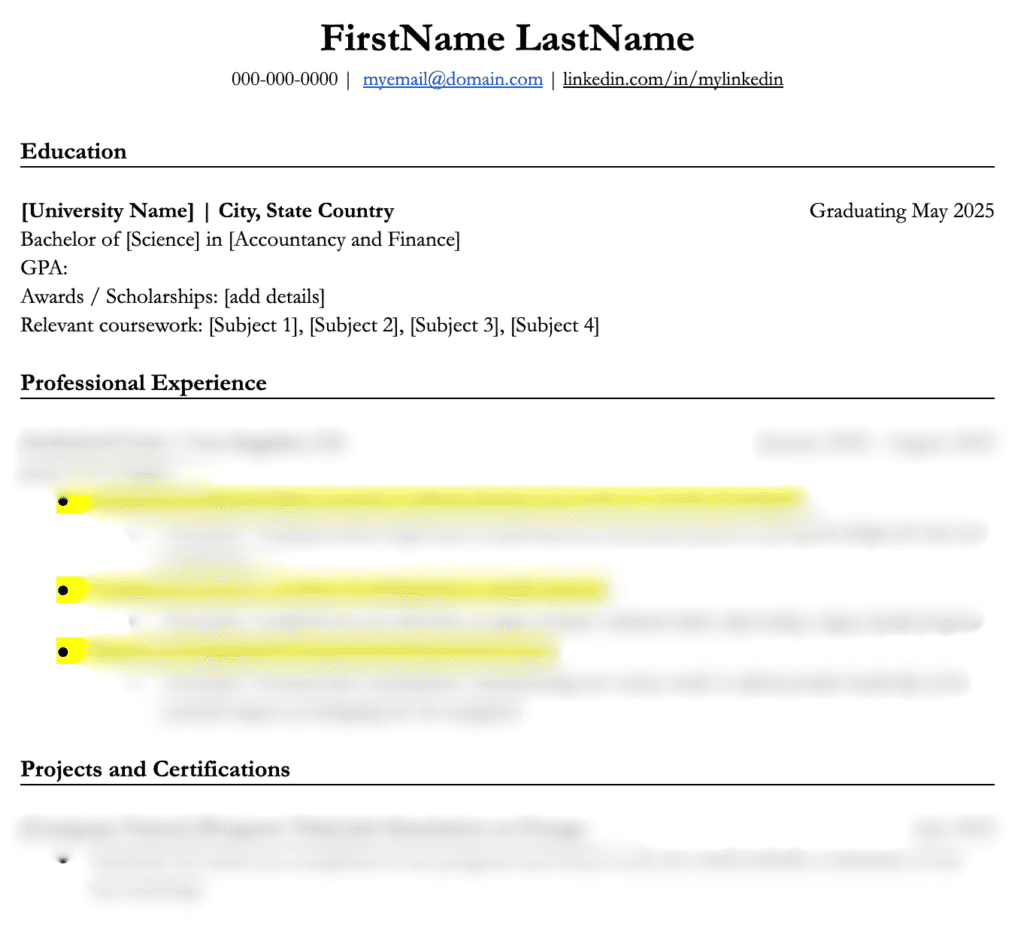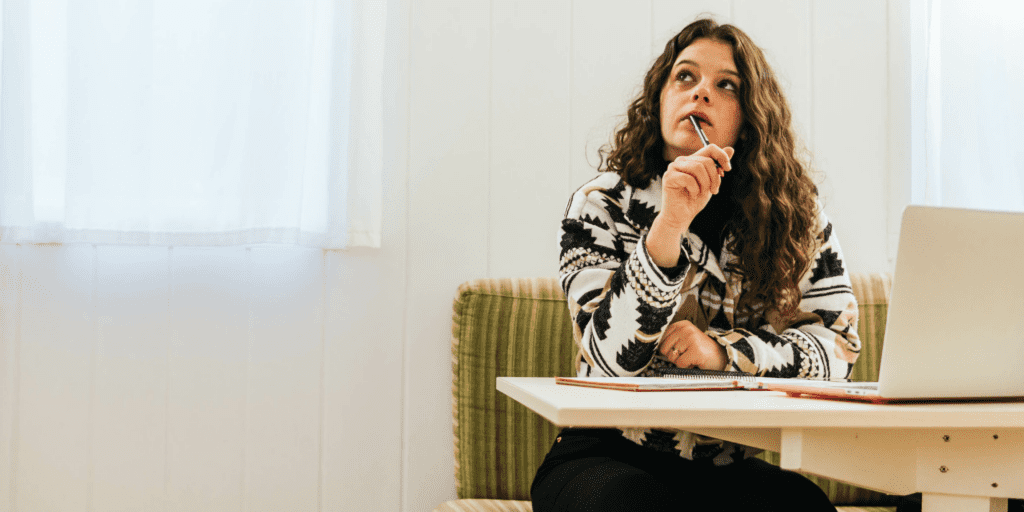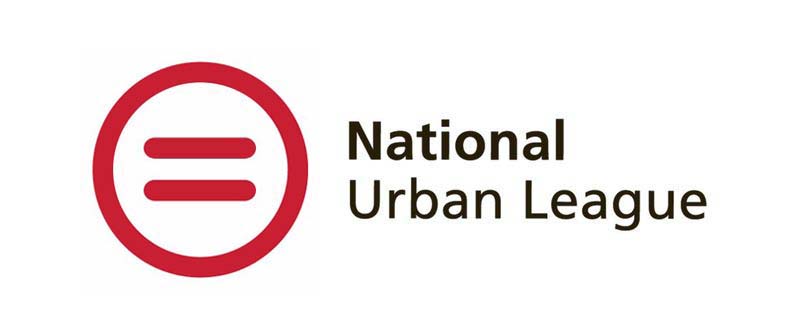Creative thinking is the ability to come up with unique, original solutions. Also known as creative problem-solving, creative thinking is a valuable and marketable soft skill in a wide variety of careers. Here’s what you need to know about creative thinking at work and how to use it to land a job.
Creative Thinking Definition
Creative thinking is all about developing innovative solutions to problems. Creative thinkers brainstorm not only a large number of ideas but also a variety and range of them. In the workplace, creative thinking is highly valuable because employers look to hire innovative employees who can help them solve the company’s problems.
So, what does creative thinking in the workplace look like? First, a creative person brainstorms their ideas, then they’ll experiment with them. They look at ideas from multiple perspectives and examine how their solutions fit into the scope of what they’re working on. Creative thinkers aren’t afraid to take risks and try new ideas. In fact, this ability to develop, test, and implement original solutions makes them a valuable asset to just about any workplace.
Creative thinking in the workplace might look like:
- Holding an interactive brainstorm to gather initial thoughts on a project
- Evaluating a current process and offering suggestions on how to improve it
- Researching other ways to market a product and leading experiments on new marketing channels
- Developing an innovative way to reach out to prospective clients
- Identifying a unique opportunity to promote the company brand and developing a strategy to do so
- Discovering a new way to measure a product initiative’s success and using learnings to iterate on the next version
Finding patterns in a company’s revenue growth and using data trends to strategize a new sales plan
Creative Thinking Examples
Creative thinking includes the process of innovative problem-solving — from analyzing the facts to brainstorming to working with others. Creative thinking examples include analytical skills, innovation, and collaboration.
Analytical Skills
Analytical skills are problem-solving skills that help you sort through facts, data, and information to develop rational solutions. These skills aid you in the first part of the creative thinking process as you brainstorm and start to generate ideas.
Analytical skills include:
- Data analysis
- Research
- Forecasting
- Reporting
- Interpreting
- Communication
Innovation
Innovation is the ability to come up with something new; however, you don’t need to develop the first flying car to be an innovative thinker. “Something new” at work might mean a method you haven’t tried before or experimenting with an unfamiliar process. Innovators in the workplace aren’t afraid to step away from tradition and explore something original, even if it might fail.
Innovation skills include:
- Risk-taking
- Brainstorming
- Imagining
- Critical thinking
- Ambition
- Resilience
Collaboration
Creative thinking doesn’t have to happen alone; you might have your most creative ideas when bouncing your work off others. Collaboration skills ensure you consider multiple perspectives and ways of thinking when you develop and refine ideas.
Collaboration skills include:
- Written and verbal communication
- Active listening
- Empathy
- Feedback
- Inclusivity
Why Is Creative Thinking Important?
A soft skill like creative thinking will always be valuable to employers, whether you’re looking for a marketing job or trying to land a career in finance. Employers need employees who can develop and experiment with new ideas to help them solve complex problems.
“Many employers seek candidates that are analytical and outside-the-box thinkers which are iterations of creative thinking skills,” says Alejandra Garcia, manager, alumni college and career success at Code2College and Forage content development partner. “Thus, creative thinking, creative problem solving, innovative thinking, and analytical skills are all valuable in the current workplace — these skills are especially important in our ever-changing workplaces with new emerging technologies.”
The data supports this idea, too. According to the World Economic Forum’s 2023 Future of Jobs report, creative thinking is the second most important skill for workers in 2023, preceded only by analytical skills. Other top skills include soft skills like resilience, flexibility and agility, motivation and self-awareness, and curiosity and lifelong learning.
“The ability to navigate new challenges quickly can benefit any workplace!” Laura Fontenot, resume writing expert, ACRW, and CPRW, says. “The current world of work is fast-paced, technically driven, and constantly changing. Being intuitive, creative, driven, and a problem solver are key.”
How to Include Creative Thinking Skills in a Job Application
If creative thinking is one of the top soft skills employers look for, how do you show you have it in a job application? The key is to prove these skills through examples of how you’ve used them rather than just naming them.
On a Resume
While creative thinking is a skill employers might look for, you don’t necessarily need to write “creative thinking” on your resume to show you have this skill. Instead, it’s better to demonstrate how you’ve used creative thinking skills to drive results.
“Think of your best mental strengths,” says Fontenot. “Are you a great problem solver? Do you understand how to phrase things differently? Can you learn a new skill quickly? Those questions can help you find great words for the resume. Consider adding things like problem-solving, intuition, collaboration, fast learner, organized, or communication.”
Log in to view and download a customizable resume template with examples of how to include creative thinking skills:

On Your Professional Profiles
You can show these skills outside of your resume in creative ways — including on your LinkedIn profile and website (if you have one!).
“Early professionals can make creative thinking a part of their professional brand by explicitly adding creative thinking or creative problem solving to their list of skills on their resumes and LinkedIn profiles — this will help with ATS optimizations,” Garcia advises.
Yet beyond just listing this skill, Garcia adds that you can provide real proof of your creativity online, too.
“Consider adding projects or an online portfolio website link to your resume and LinkedIn where you can showcase projects you’ve worked on that demonstrate their problem-solving skills.”
In the Interview
In the interview, make sure you can describe your workflow and process for these projects or any other situation when you’ve used creative thinking. Elaborate how you brainstormed ideas, what range of ideas you had, how you tested and experimented, and how you decided on a final solution.
It’s best to use the STAR method to structure your answers. This will ensure you clearly explain the situation and the results you brought by using your creative thinking skills.
>>MORE: Prepare to speak about your soft skills by practicing answers to commonly asked behavioral interview questions.
How to Build Creativity
1. Put Yourself in a Box
Creative thinking is about “thinking outside the box,” but putting limitations on your problem-solving can help you think more freely and innovatively. For example, if someone tells you to make dinner, you may struggle to come up with a meal you don’t always cook. Yet if they ask you to make a hot dinner with three specific ingredients and two spices, you’ll more likely come up with something original.
Putting yourself inside a box can help expand your thinking, whether that’s by telling yourself you need to include three charts in your presentation or giving yourself a strict word count for an article.
2. Switch up Your Routine
Routine can be a great productivity booster, but it also can get in the way of your creativity. So, switch up your routine for one project, day, or even an hour. This can be something as small as where you’re physically sitting when you do your work or something as big as your process for approaching projects. Challenging yourself to do something different will help you find creative ways to adapt to your new environment.
3. Challenge What’s Currently Working
Think about how you might expand or improve upon a current process. What would you do if you had more resources, whether that’s time, money, or another expert? What would you do if you had fewer resources? If this project was taking place at a different time of year? If the target audience was different? Imagining these different potential scenarios will force you to problem-solve and adjust for various (very possible!) circumstances.
4. Find Inspiration
Creative thinking doesn’t happen in a bubble. It’s vital to ask for others’ opinions and ideas. Creative thinkers consider multiple perspectives and are curious about how others think. Ask your colleague about their work processes, whether it’s how they research for a client deliverable or how they approach meeting an external buyer.
5. Ask for Feedback
The best way to improve a skill is to get feedback from others on how you’re using it — and you don’t need to set up a formal feedback session to do so. Instead, ask questions when you’re working with others about your work. Keep these questions open-ended and lead with curiosity instead of looking for a specific answer. What did they think of how you led the brainstorm? What would they have done differently? What strikes them about the final product? Keep an open mind and remember not to take the feedback personally. It’s an opportunity to grow, and growing those skills might just help you land your next job!
Two Sigma Professional Skills Development Program
Level up your non-technical skills and learn how to approach problems, set goals, and communicate clearly.
Avg. Time: 5-6 hours
Skills you’ll build: Project planning, project management, relationship management, explaining analysis
Image credit: Canva


